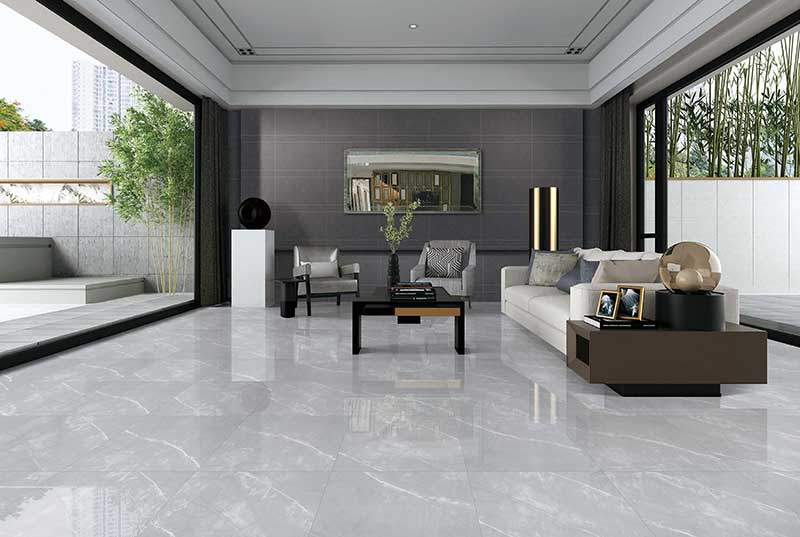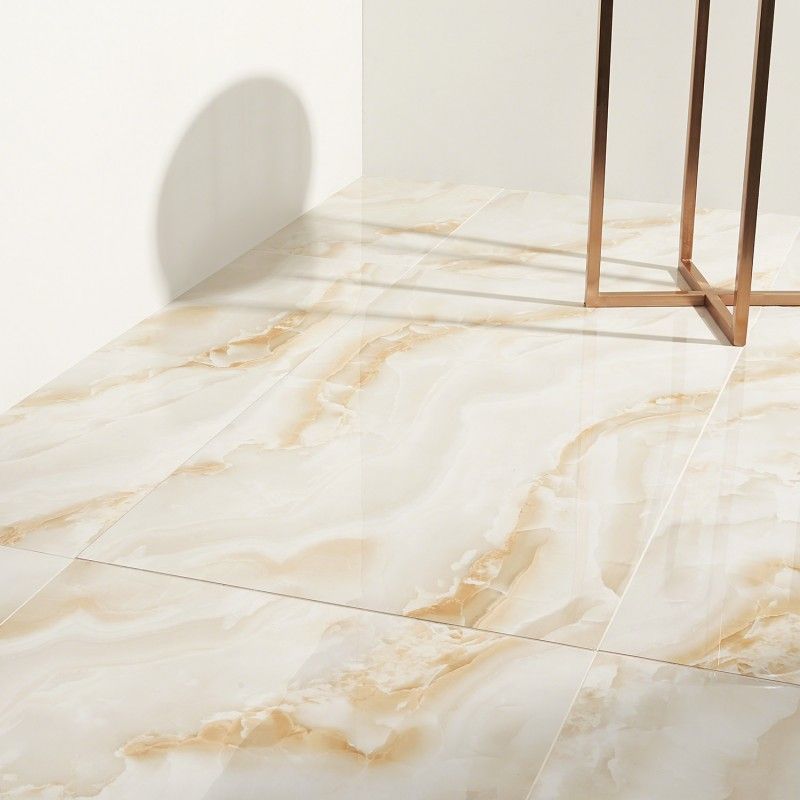People often get caught up in the size of a tile before they think about what kind of tile best suits their needs. Tile sizes can vary greatly depending on their color, pattern and texture so it’s best to measure first and then determine what size tile will work best in your space. It’s important to know these measurements prior to shopping because there are many different types of tiles that may not be available if you don’t have this information handy. You’ll also want to take into consideration whether or not the tiles will need any trimming for edges or other special cuts around corners or doorways. To find out more about these considerations read on!
What should people ask themselves when considering the purchase of new flooring? What factors do people need to keep in mind?
Know your square footage
When considering purchasing new flooring, it’s important to know your square footage. This will help you determine the size of tile you will need and what options are available to you. Square footage can be found by multiplying the length of the room by the width of the room. This will give you the total area of the room. Once you have this number, you can begin to shop for tiles that will fit within your space.
Consider the traffic in the room and how it will affect wear and tear on your flooring
When considering what type of tile to purchase, it’s important to think about the traffic in the room. Will there be a lot of people walking through the space? Or will it mostly be used for sitting and relaxing? This will help you determine how durable the flooring needs to be and which type of tile will withstand wear and tear the best. Bigger tiles are generally more durable and easier to clean, and smaller tiles are less durable and harder to clean due to the grout.
Make sure there is enough space for installation around all edges of the room
Making sure there is enough space for installation around all edges of the room is another important factor to consider when purchasing new flooring. Many tiles, especially larger tiles, require a certain amount of space around them for installation. This is so the installer can properly measure and install the tile without any overlap or gaps. If there isn’t enough space available, the installer may not be able to do the job, which could result in additional costs for you. It’s best to measure the room and then compare it to the dimensions of the tile before making a purchase. This will help you avoid any potential issues down the road.
Consider where you’ll be placing furniture and any other obstacles that may come into play when determining tile size (i.e., doorways)
When considering what type of tile to purchase, it’s important to think about where you’ll be placing furniture in the room. Will there be a lot of furniture or other obstacles in the way? If so, you’ll want to choose a tile size that will work well with the space and won’t be too difficult to move around. You’ll have to consider if the tiles will get damaged while moving furniture or if the furniture will damage the tiles. This is all important to keep in mind before size selection.
Summary
To conclude, consider the size of your floor, traffic in the room and how it will affect wear and tear on your flooring before determining what type of tile to purchase. It’s important to make sure there is enough space for installation around all edges of the room as well as any obstacles that may come into play when considering where you’ll be placing furniture or other objects within a particular area. If you’re not sure about these considerations but would like help making a decision, whether it’s for bathroom tiles or kitchen tiles, it’s always wise to visit a tile showroom and ask the experts!


